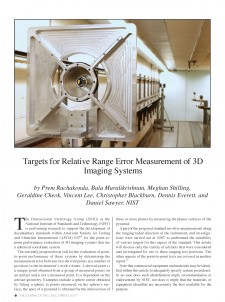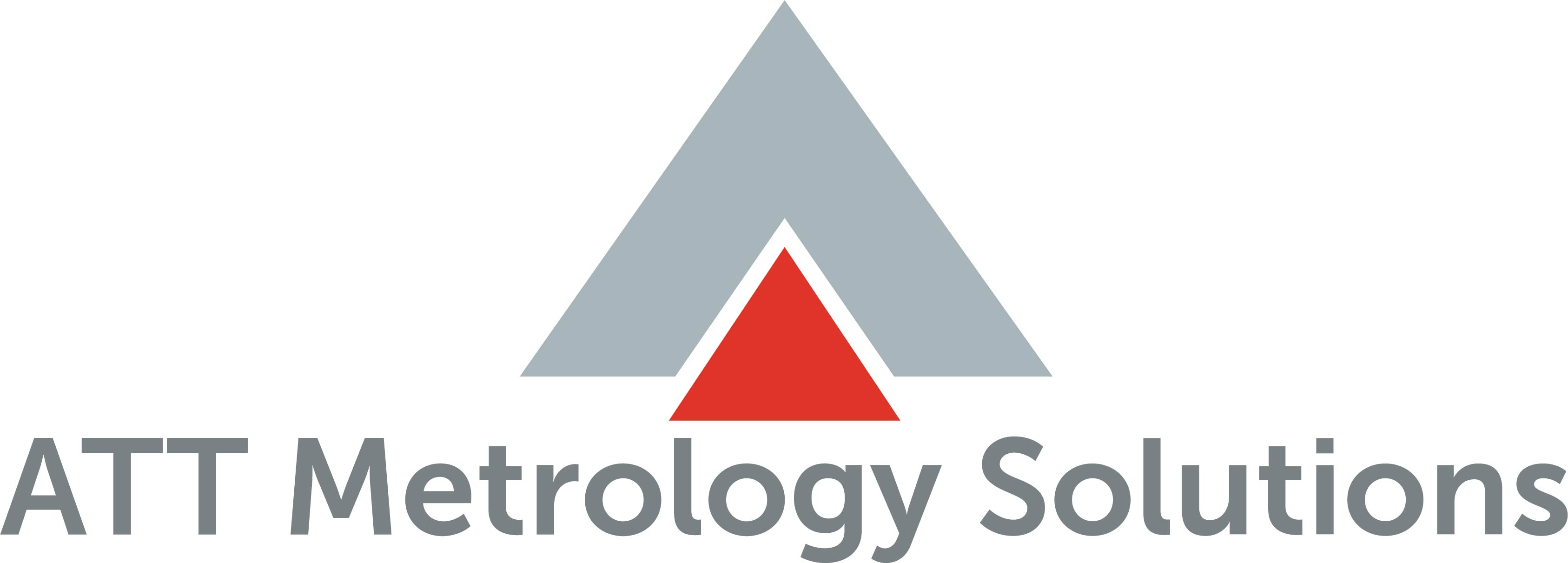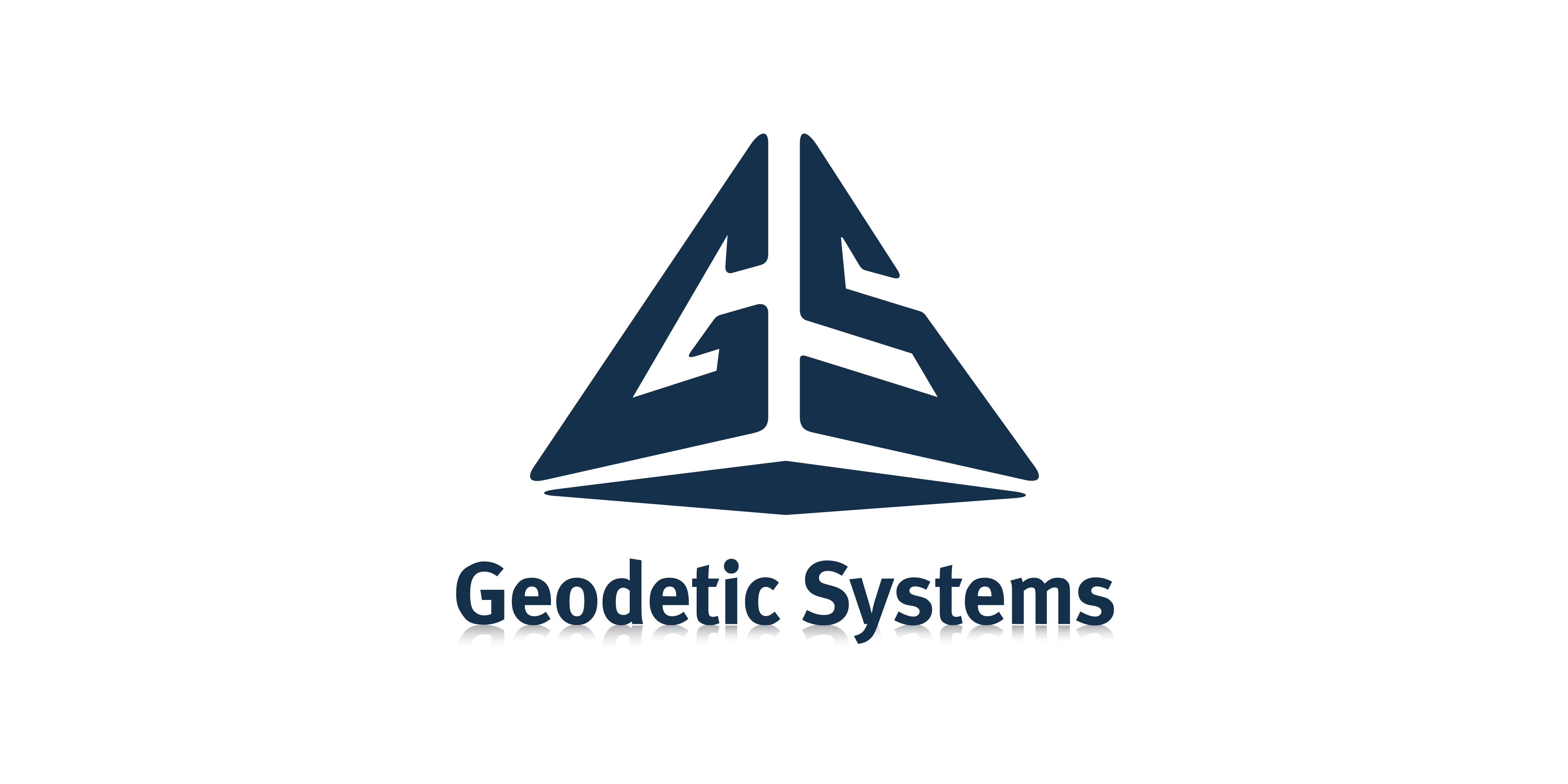
|
Download Members: $0.00 Non‑Members: $75.00 |
Buy Now |
Publication Details
| Published Date: | |
|---|---|
| Authors: | Prem Rachakonda, Bala Muralikrishnan, Meghan Shilling, Geraldine Cheok, Vincent Lee, Christopher Blackburn, Dennis Everett, Daniel Sawyer |
| Company: | CMSC |
| Print Format: | Technical Paper |
| Citation: | Prem Rachakonda, Bala Muralikrishnan, Meghan Shilling, Geraldine Cheok, Vincent Lee, Christopher Blackburn, Dennis Everett, Daniel Sawyer, "Targets for Relative Range Error Measurement of 3D Imaging Systems," The Journal of the CMSC, Vol. 12, No. 1, Sprin |
Abstract
The Dimensional Metrology Group (DMG) at the National Institute of Standards and Technology (NIST) is performing research to support the development of documentary standards within American Society for Testing and Materials International (ASTM) E571 for the point-to-point performance evaluation of 3D imaging systems that use a spherical coordinate system. The currently proposed tests call for the evaluation of point-to-point performance of these systems by determining the measurement error between two derived points at a number of positions in the instrument’s work volume. A derived point is a unique point obtained from a group of measured points on an artifact and is not a measured point. It is dependent on the artifact geometry. Examples include a sphere center obtained by fitting a sphere to points measured on the sphere’s surface; the apex of a pyramid is obtained by the intersection of three or more planes by measuring the planar surfaces of the pyramid. A part of the proposed standard involves measurements along the ranging/radial direction of the instrument, and investigations were carried out at NIST to understand the suitability of various targets for this aspect of the standard. This article will discuss only the variety of artifacts that were considered and investigated for use in these ranging test positions. The other aspects of the point-to-point tests are covered in another report.2 Note that commercial equipment and materials may be identified within this article to adequately specify certain procedures. In no case does such identification imply recommendation or endorsement by NIST, nor does it imply that the materials or equipment identified are necessarily the best available for the purpose.





